The tragic life and death of Aussie rules founder Tom Wills
HE was the father of Australian Rules Football, a fluent speaker of an aboriginal dialect, a cricketing great — and a resident of Kew Lunatic Asylum. What happened to Tom Wills?
VIC News
Don't miss out on the headlines from VIC News. Followed categories will be added to My News.
HE was the father of Australian Rules Football, a fluent speaker of an aboriginal dialect, a cricketing great and a one-time resident of Kew Lunatic Asylum.
The varied and colourful life of Tom Wills was shortened by tragedy and survived by the game he helped create.
RELATED:
WHEN AUSTRALIA DECLARED WAR ON EMUS
REVAMPING YOUR CLUB’S MEMBERSHIP PACK
But alcoholism, the violent death of his father in a cattle station massacre and a complicated romance may have led to this brilliant man’s untimely and grisly end, as his vision for football in Victoria was realised.
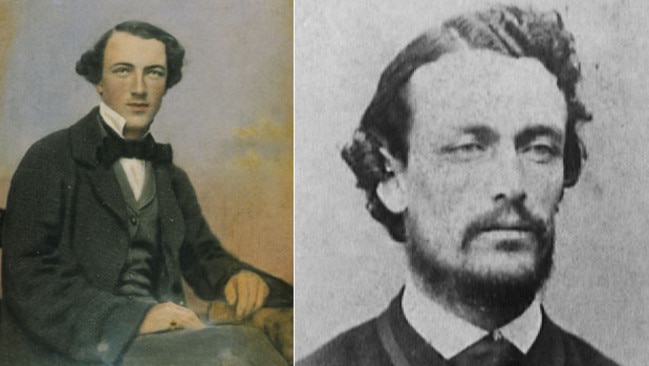
THE MARNGROOK CONNECTION
Australian rules football would grow to have an inseparable connection with Victoria, but Tom Wills was born in New South Wales in 1835 and lived there for much of his childhood.
After moving with his family to a rural property near Ararat in western Victoria, the young Wills befriended indigenous children, learned their language and established a lifelong bond with their culture.
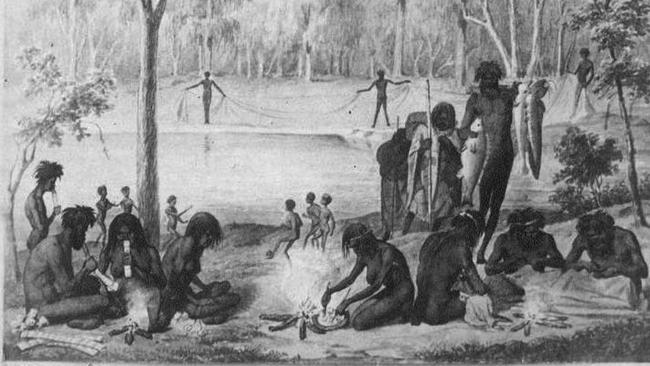
After going to England to study at the prestigious Rugby School from the age of 14, becoming a sporting prodigy and captain of the school’s cricket team, Wills returned to Victoria in 1856.
Among his numerous sporting achievements in the coming years, he founded an all-indigenous cricket side that went on to tour England.
He did so despite the recent trauma of his father Horatio’s violent death in Queensland during land conflict with aboriginal locals.
Wills had accompanied his father to a cattle station in Queensland and was sent on an errand only to return a few days later to learn of his father’s slaying in the worst massacre of whites by aborigines in colonial history.
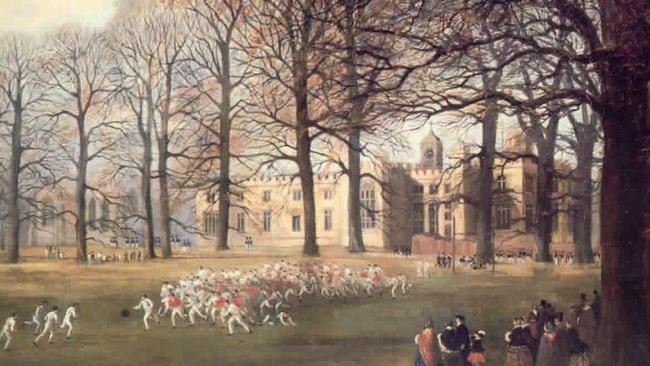
Retribution against indigenous locals was, according to some accounts, even worse.
Wills had been a great talent on the rugby field but considered the sport incompatible with Australian conditions and at the age of about 23 in Melbourne began dreaming up an alternative.
It is believed his exposure to the indigenous game marngrook, which involved the kicking of marsupial skins over large areas by up to 50 people, may have inspired Wills’ development of Australian rules.
DRAFTING AUSTRALIAN RULES
Although the exact mixture input from Wills and others to the founding rules of Australian football might now be lost to history, Wills is believed to have put forward the ideas of free kicks, taking marks and the oval shape of the ball.
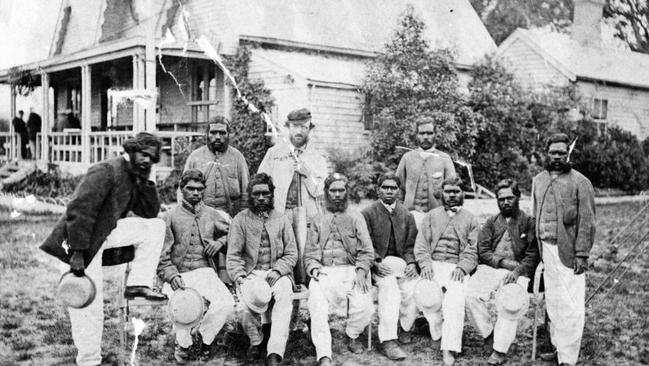
The most commonly recognised marker of Wills’ thought development around football was a letter published in Bell’s Life in Victoria and Sporting Chronicle titles ‘Winter practice’ in which Wills suggested instead of letting cricketers become unfit during winter, “ ... why can they not, I say, form a football club, and form a committee of three or more to draw up a code of laws?”
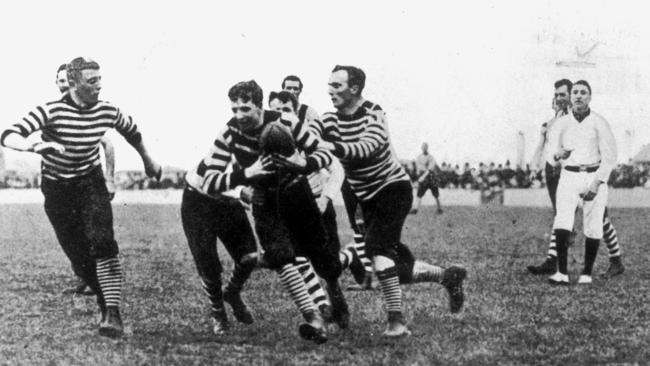
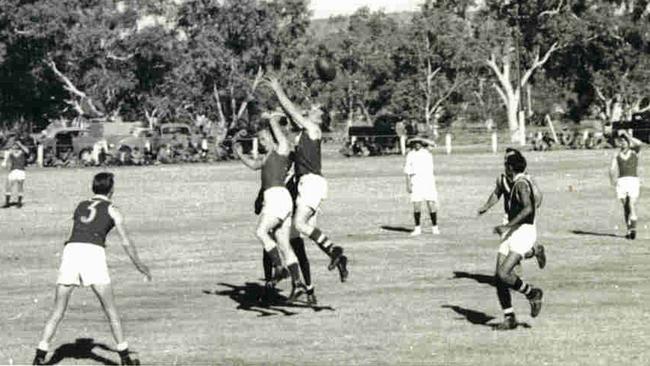
A string of informal games followed at Richmond Paddock and Wills engaged Scotch College and Melbourne Grammar to compete in one of the first formal games.
As the game developed Wills’ celebrity status grew and his talents in both cricket and the new football were widely celebrated.
RECLUSIVENESS AND DEMISE
Wills’ rise in fame was accompanied by frequent overindulgence in alcohol, a descent to debt and the alienation of influential people in the cricket and football world.
His income tumbled and his romantic connection with Sarah Barbor, with whom he lived in Heidelberg in his later years, may have been a contributing factor.
Although little was written about Barbor, some believe she too was gripped by alcoholism.
It was argued by some that the death of his father had also contributed to his alcohol abuse.
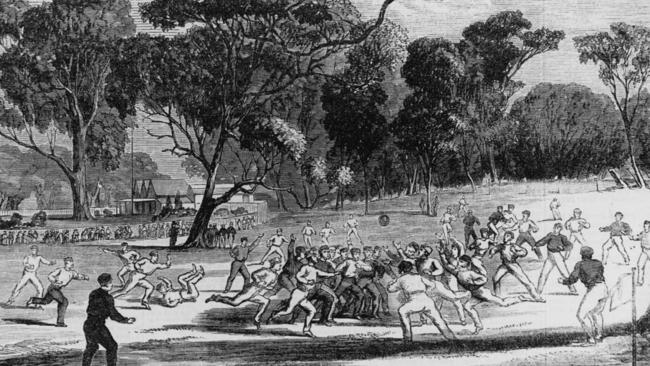
In his final days he wrote to his brothers in Queensland describing how out of touch he felt living in Heidelberg.
He also asked for money to pay off debts.
In April 1880 Wills was housed in the Kew Lunatic Asylum, shaking and deluded, possibly suffering from alcohol withdrawal.
That was when he escaped the gaze of his minders and succumbed to his demons, taking his own life violently at the age of just 45.
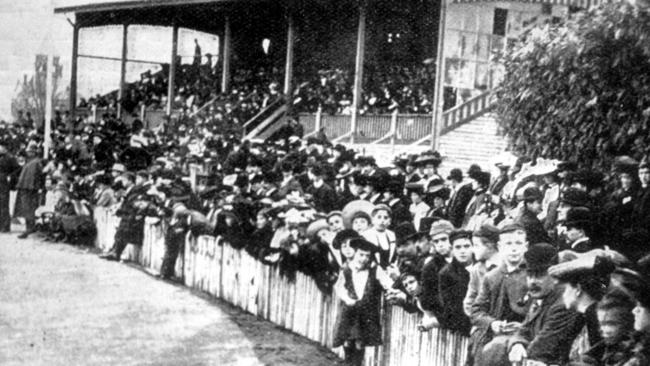
It is not believed he fathered any children.
But the sport he willed into existence has grown to be a pillar of its city, a national game and, a century and a half after Wills’ involvement, a budding international curiosity.
Tom Wills was buried in Heidelberg in an unmarked grave, over which the MCC erected a gravestone monument many years later, with an epitaph that reads: “Founder of Australian football and champion cricketer of his time”.
Readers seeking support can contact Lifeline on 13 11 14.


